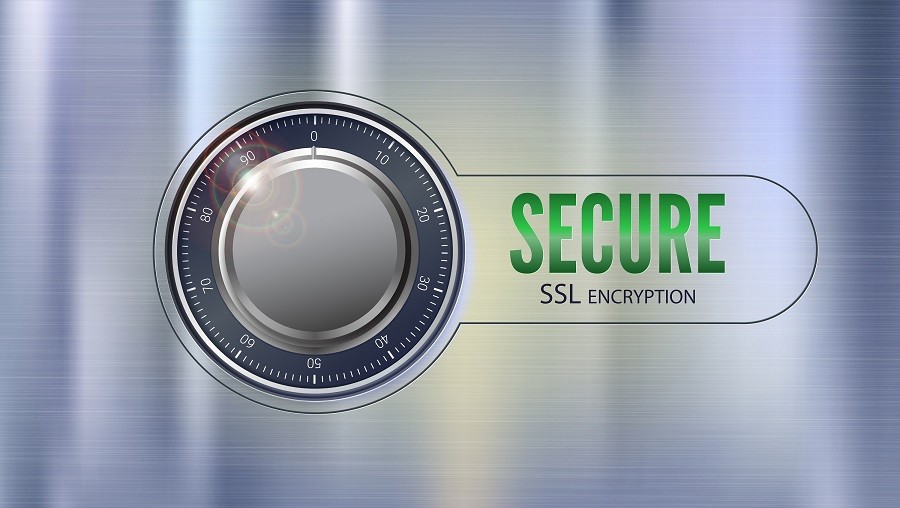You want security for your website, particularly if e-commerce provides a significant portion of your revenue. If you hire an SEO company, Orange County businesses, then they’ll probably recommend you get an SSL certificate for your site. An SSL certificate is a miniature data file that digitally binds a cryptography key to an organization’s details. If you install one on a web server the padlock is activated, as well as the https protocol. This allows you to have a secure connection between a browser and a web server. Customers who know that you have this will feel more confident about giving you their personal information. Also, having a certificate is a ranking factor with Google, so it’s doubly beneficial for you to get one.
How To Do It
Adding an SSL certificate to your site is relatively easy. The first thing you do is buy it, which you can do through your host. They are not overly expensive in most cases. Instruct the host to install the certificate to your domain, then check the padlock. Your host can provide instructions on how to do that. If your site shows up as secure, then there’s nothing further you need to do. If you don’t see a padlock, you can click on “Why No Padlock” and it should show you any pages or other aspects of the website that are not secure, and suggest how to solve the problem. The most likely scenario is that specific images or plugins are causing issues.
One of the best reasons for adding an SSL certificate is if you intend on moving from http to https. Once you’ve added the SSL certificate and it’s working as it should, you should be able to do that with no issues. Yoast has an SEO tool that can help. Go to Yoast Settings, then go to Tools/File Editor. You can add lines to the .htaccess file there. Then check the website once more. If each page has converted to https, then your job is done.
If for some reason you still see parts that are not secure, then go to “Why No Padlock” again and check to see what parts of the site are causing problems. If it’s images, then you’ll need to upload them to the site again and make sure that they’re linked to the https version.
This process can grow tedious if you have images or plugins that aren’t making the transition smoothly, and this is an example of a time when it’s useful to have an SEO company on the payroll. It’s likely that they’ve dealt with SSL certificates and http to https transfers before, and they’ll know what to do. If you don’t have an internet marketing agency, then it’s up to you or your in-house website administrator to work the kinks out.
